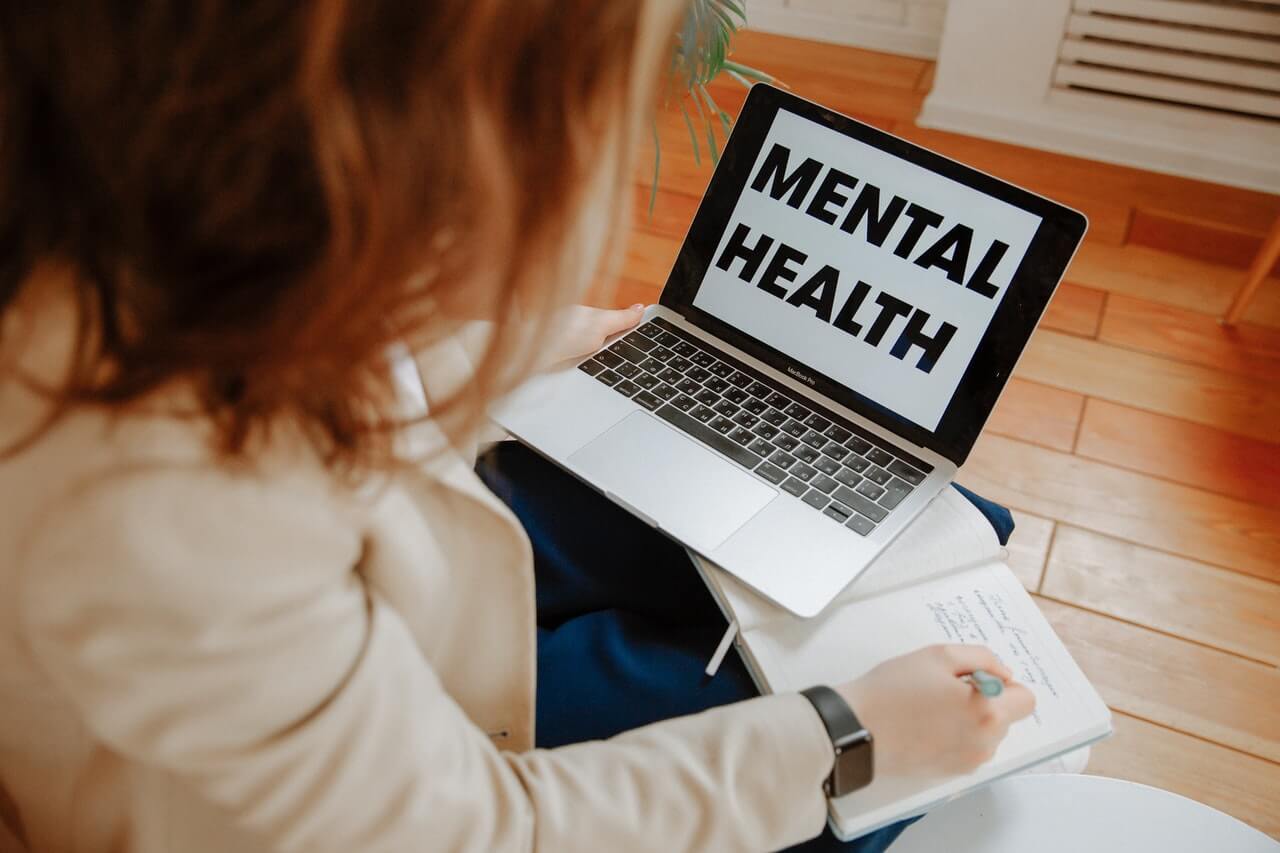
Mental Health & Technology: Rethinking the Relationship
Caring for your mental health has moved from the psychiatrist’s couch. Today, therapy is available on your phone, laptop and Facebook Messenger in the form of chatbots, apps and digital support groups.
The World Health Organization estimates that 25 per cent of all people will be affected by mental health or neurological disorders at some point in their lives.
Unfortunately, nearly two-thirds of those living with a mental health illness never seek help from a health professional.
Until recently, the most significant barriers to good mental health were stigma, time, cost and availability. In response, Silicon Valley has developed an array of digital solutions to ensure more individuals receive discreet and flexible care. There are now 10,000 mental health apps available, with meditation tools such as Calm evolving into billion-dollar companies.
The behavioural health software market is projected to reach $2.31 billion by 2022, growing 14.8 per cent annually, according to a MarketsandMarkets research report.
So, what’s available?
1 Virtual therapy apps such as TalkSpace and BetterHelp give patients the ability to call, text and teleconference with professional counsellors from their own home. These options are often a fraction of the price of clinic appointments and serve individuals with time-constraints or who lack access to care.
2 Mental wellness wearables such as headsets and bracelets are becoming popular. Sentio Solutions recently announced Feel, an emotion-sensing wristband with integrated biosensors that monitors a user’s physiological signals throughout the day. Paired with an accompanying cognitive-behavioural therapy (CBT) app, it aims to help those suffering from anxiety and depression.
3 Mindfulness and meditation apps such as Headspace and Calm offer audio tracks to relax listeners and strengthen mental resilience. Wisdo connects individuals struggling with mental conditions, as well as those overcoming difficult emotional situations.
Some apps have been developed from very contemporary issues. The ever-growing anti-anxiety gaming app SuperBetter has been played by over one million people. Players accrue points by persevering through stressful situations, completing breathing exercises and breaking bad habits.
Mindstrong is an app that analyses how users interact with their phones—how they type or scroll—to identify mood states. Its machine learning can reportedly detect a range of potential mental health patterns.
4 Virtual reality is now used as an exposure therapy tool for PTSD survivors. This allows an army veteran to revisit the battlefield through a headset visually. A recent study found that individuals who participated in virtual reality therapy were more likely to continue and complete treatment than those who participated in traditional programs.
UK patients with an extreme, debilitating fear of heights (acrophobia) can now access immersive virtual therapy through the NHS. One such available service is Oxford VR, which takes just two hours per treatment. With such tools, therapists can treat five times the number of patients.
5 Technology isn’t wholly replacing the traditional model. Some companies are reimagining the doctor’s visit by way of technology-aided services.
Octave Health takes a hybrid approach by combining in-person therapy with virtual coaching services. Patients come in for treatment but are also paired with interactive digital programs to learn CBT skills.
What does the future hold for mental health?
There’s far more innovation on the horizon: Scientists are researching how AI can impact psychiatry and patient diagnosis. Big tech is expanding voice tech’s role in healthcare, which means Alexa might one day offer a lot more than just the news and weather.
And medical care providers are responding, so expect more wellbeing tools that work in conjunction with medical care. A consumer might have weekly teleconferencing with a therapist, then rely on a meditation app during moments of stress. Or maybe they’ll wear a bracelet that will warn them when a panic attack is forthcoming.
The future will be full of both intrusive and feel-better tech readily available at an individual’s fingertips.
Source: Based on an article by Rina Raphael.



